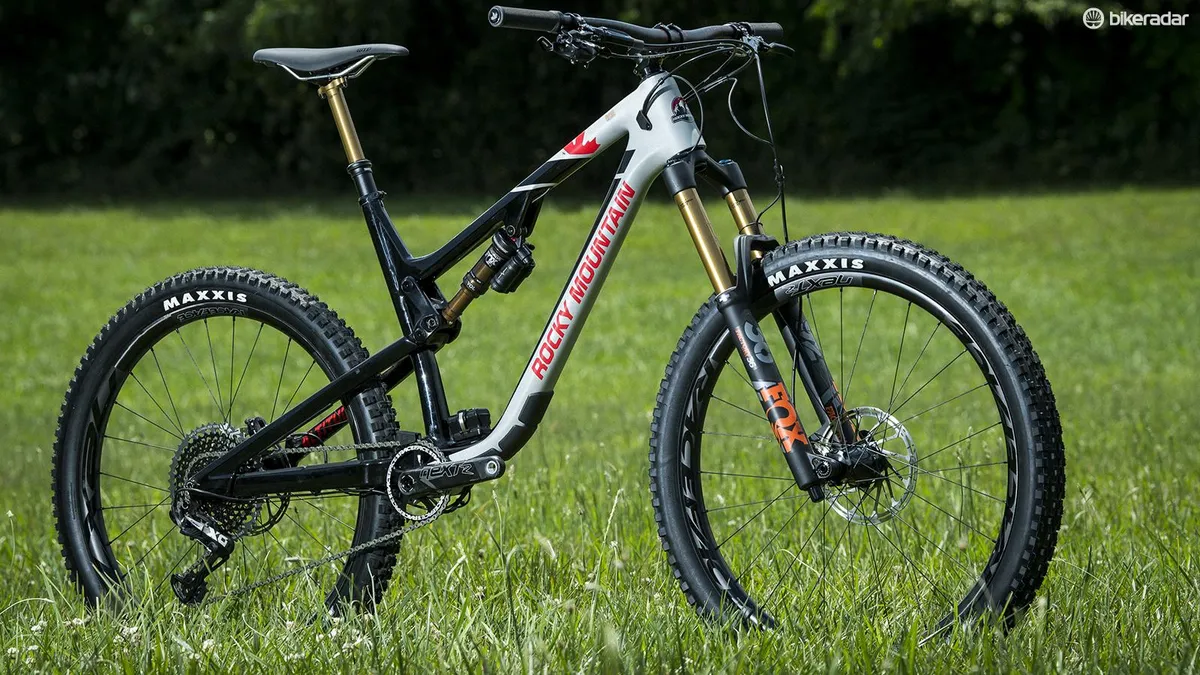Fox Live Valve, a system which promises to control MTB suspension to suit the terrain, has been publicly in the pipeline for years. We first saw it on pro cross country and enduro racers’ bikes back in 2015. More recently, we’ve noticed a few test bikes with fixtures for the hitherto unavailable technology.
Now, the cat’s out of the bag. Live Valve bikes are available to buy, and the system can be purchased aftermarket too. What’s more, we’ve been riding it for the last two months, and can tell you what it’s like to ride.
- Best mountain bike: how to choose the right one for you
- Best mountain bike rear shocks
- How to get your suspension setup dialled
Seb has been riding the Fox Live Valve system for the last few months. See how he got on on our YouTube channel
How does Fox Live Valve work?
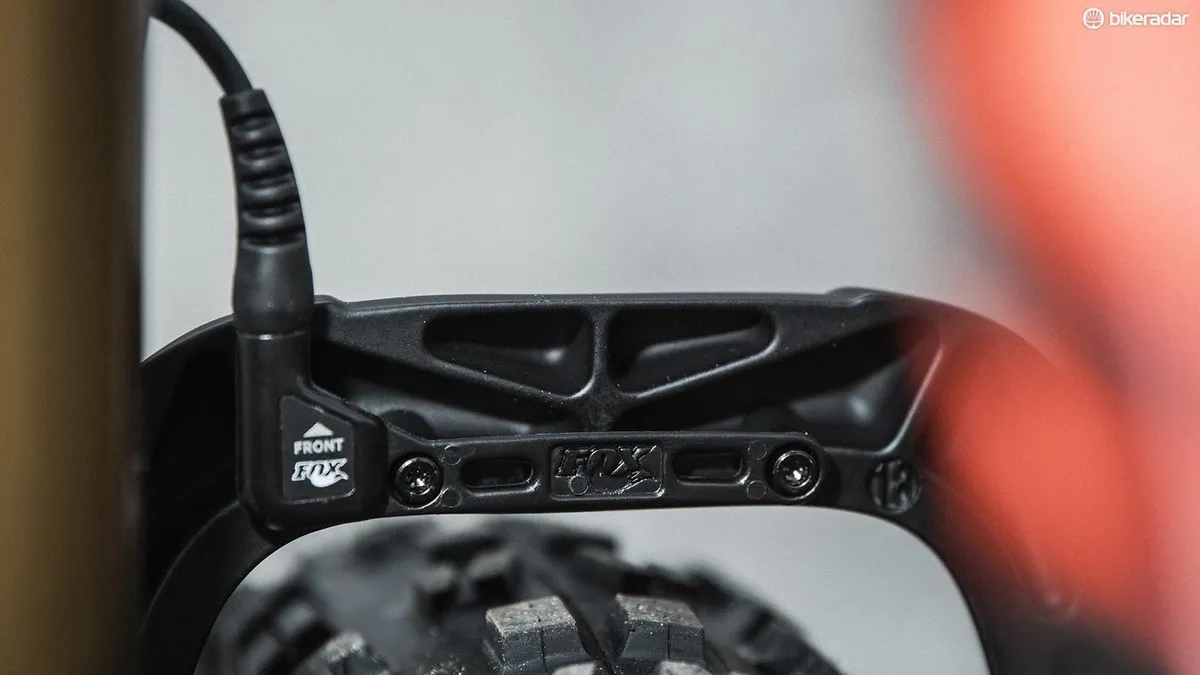
The Live Valve hardware consists of two accelerometers (one in the fork lowers, and one by the rear axle); a central control unit mounted on the mainframe (this contains the battery, computer and a third accelerometer); electronically-controlled compression valves in the fork and shock damper, and a network of wires connecting it all up.
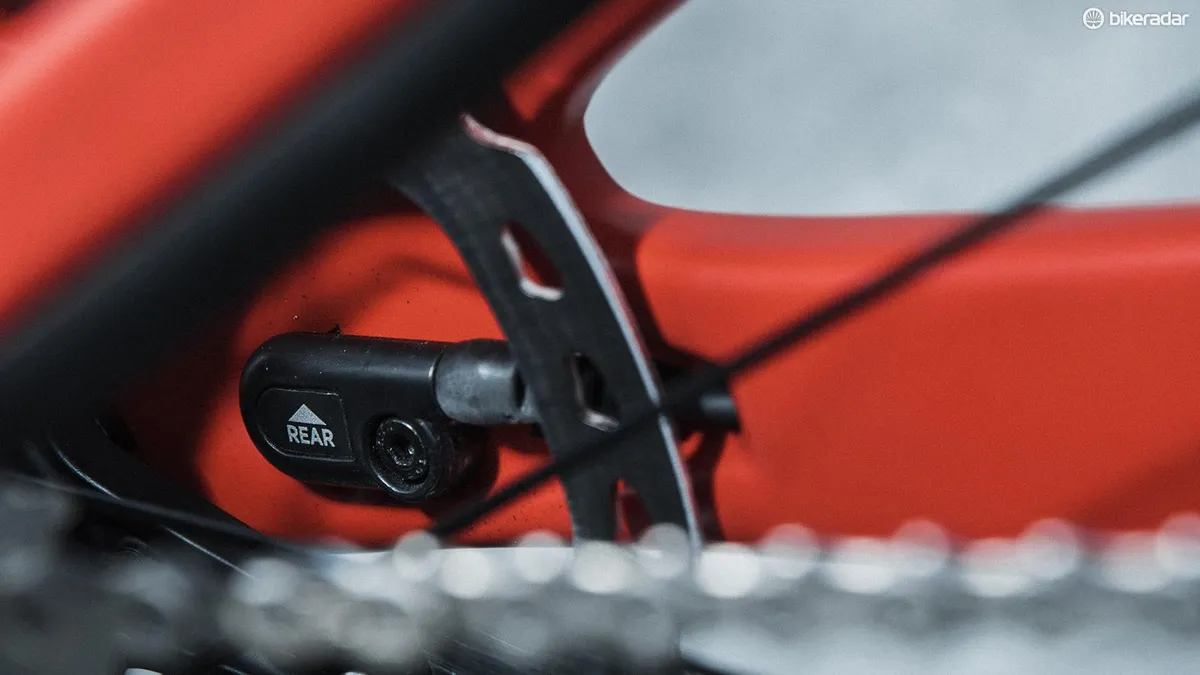
Both front and rear dampers are locked-out by default. Both have a firm lockout, which restricts compression damping oil flow for a firm feel when riding and pedalling over smooth terrain. Both accelerometers scan for bumps 1000 times per second. If a bump is detected at either wheel, a signal is sent to the controller, and if the bump is big enough, both fork and shock lockouts are opened in 3 milliseconds (Fox claims).
The valve is opened with a solenoid (electromagnet), which toggles the compression damping between its locked and open positions — there’s no intermediate setting. The valve is then held in place with a small permanent magnet until a signal is given to switch modes again.
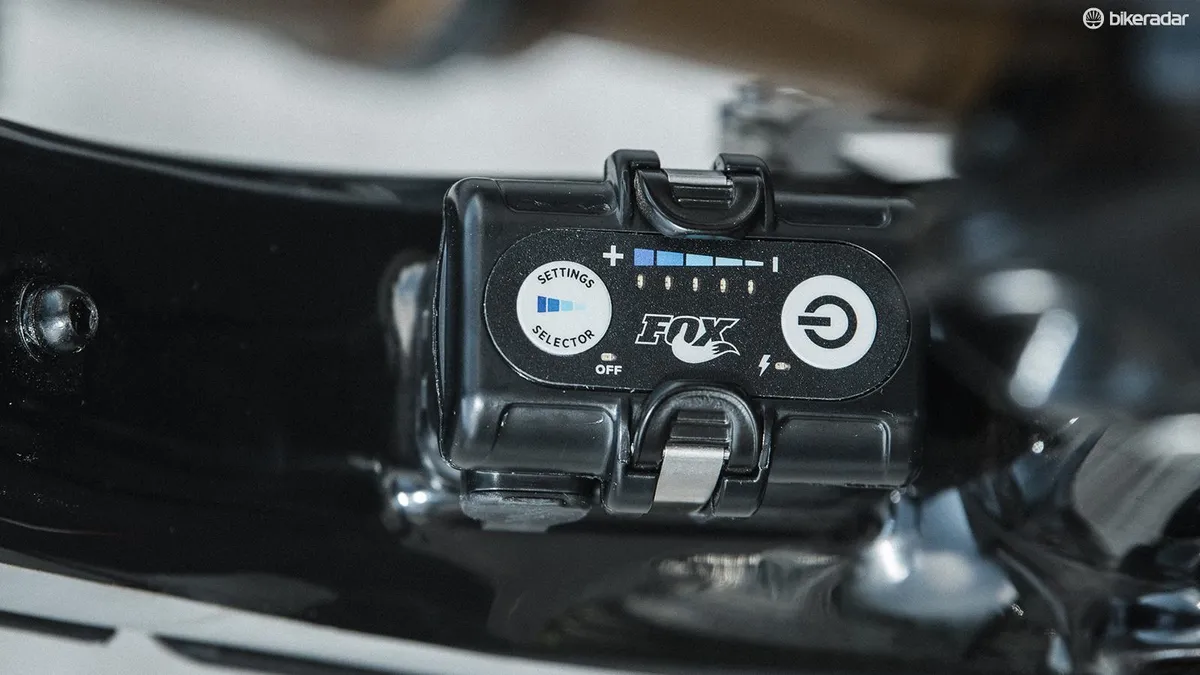
Here’s the clever bit; the valves stay open for a pre-determined period, before automatically closing. If another bump is detected (at either wheel) before the timer expires, the timer starts again. So, when riding rough trails with sufficiently frequent bumps, both valves stay open continuously. Soon after the terrain smooths out, the timer expires and the shocks return to locked-out.
How long the valves stay open depends on two factors. Firstly, the system can be set to any of five different modes, using a button on the controller. Setting one leaves the valves open for the longest; setting five, the shortest time. Secondly, a three-axis accelerometer housed in the control unit, detects gradient. The algorithm can be programmed to leave the valves open for longer when going downhill than uphill, and an intermediate time when going along the flat.
Between the five modes and three gradient-categories, there are fifteen possible combinations. The bike manufacturer can tailor the open-period for each setting independently. This is something a customer could do themselves, but only through a dealer.
Each mode has a different sensitivity to bumps. The higher the mode, the more force (detected by the accelerometer) is required to open the shocks. In mode one, small imperfections on a gravel track will open the shocks; in mode five, they will stay locked for longer.
The accelerometer in the control unit also detects free-fall, and opens both valves when the bike is airborne to help soften the landing.
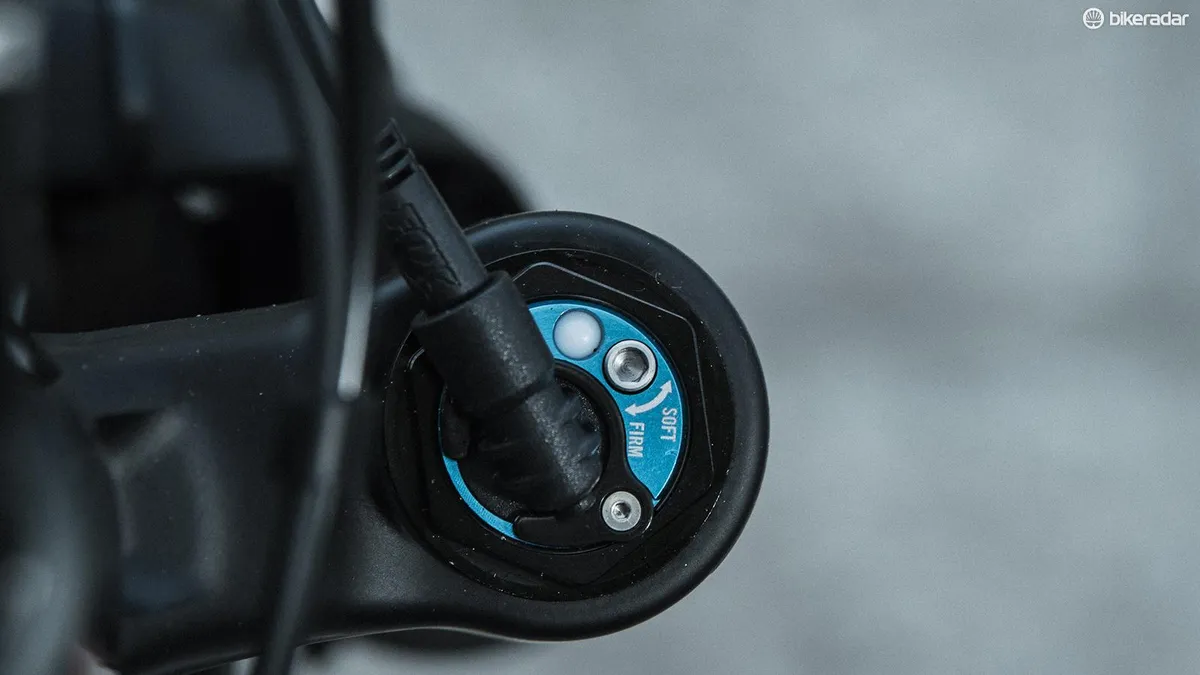
Live Valve is compatible with all current Fox 32, 34 and 36 fork models, including Step-Cast varieties. The fork damper is based on Fox’s FIT4 cartridge, and performs similarly when in the open mode. Both fork and shock have factory-set lockout modes, but the degree of low-speed compression damping can be fine-tuned in the open mode, using a 3mm Allen key.
Live Valve shocks are based on Fox’s outgoing DPS and DPX models. The obvious main difference being the secondary cylinder running parallel to the shock’s piggyback reservoir. This contains the electronic valve, which locks and unlocks the shock’s low-speed compression circuit.
How much does Fox Live Valve weigh?
Fox claims the battery, controller and sensors weigh 176g combined. The fork and shock dampers will weigh slightly more than standard equivalents too. Fox claims the whole system weighs around 144g more than a twin cable-lockout system, such as Scott’s TwinLock.
How long does the battery last?
The battery life varies dramatically depending on the terrain. Most of the energy consumption is down to the solenoids opening and closing the valves; so, on terrain which regularly switches between smooth and rough sections, the battery will run out quicker. Conversely, if you’re riding long, smooth climbs and sustained rough descents, the valves may only need to open and close a handful of times per ride, so the battery will last much longer.
Fox claims that, on average, the system is good for 16-20 hours of typical trail riding. Personally, I’ve found that putting it on charge every three or four rides is enough. It’s not something you’ll need to charge after every single ride like an e-bike, but it won’t last for weeks or months of regular riding like Shimano’s Di2 electronic gearing.
When the battery does run out, the system opens both dampers so you can continue your ride in comfort. You can also switch the system off manually; again, the dampers will stay open in this case.
Is Fox Live Valve compatible with Shimano Di2?
Live Valve runs on 7.4V supply, just like Di2. That’s no coincidence, as Fox suggested that in the future, it may be possible to run both systems from the Live Valve battery. Shimano’s cable connections are different to those used by Fox, so this is not currently possible. Most Live Valve compatible bikes will have space for both systems, running on separate circuits.
How does it compare to other automatic lockout systems?
There have been two comparable systems brought to market, but both work quite differently to Live Valve.
Lapierre’s e:i system used an accelerometer in the fork to open the rear shock lockout. The system wasn’t fast enough to open the fork after the front wheel hit a bump, so it took advantage of the time-delay between the front and rear wheels, opening the shock as the bump passed between the wheels. A pedal sensor would open the shock if the rider wasn’t pedalling, meaning it was pretty fool-proof on descents. There was no fork-lockout though, and if the rear wheel hit a bump that the front wheel avoided, the shock wouldn’t open.
Specialized’s Brain technology uses an inertia valve (a brass mass on a spring) to open the lockout when a bump hits the wheel, then quickly closes it again afterwards. Unlike e:i, a sensor at the rear axle opens the rear shock, and a sensor at the front axle opens the fork. But the inertia valve is slower to respond then Live valve, resulting in a slight but noticeable clunk as the shock opens a short time after the wheel hits the bump. The lockout bump-threshold can be adjusted to give a comfier ride, but this compromises on the lockout’s effectiveness.
Which bikes are compatible with Fox Live Valve?
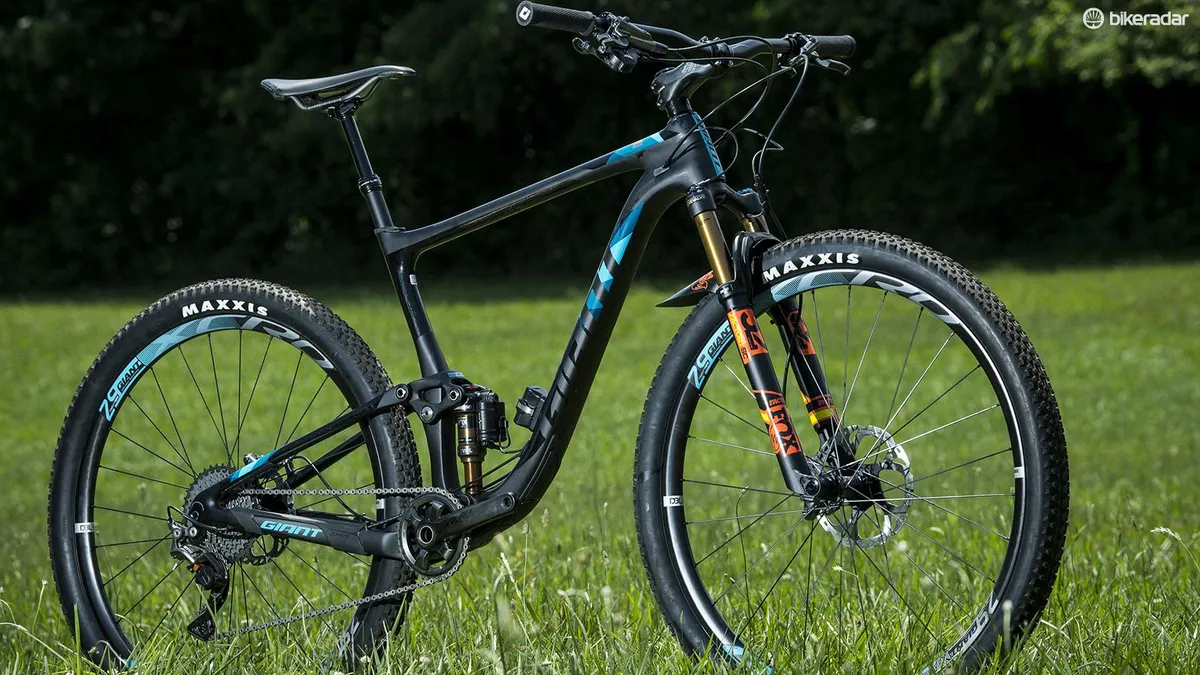
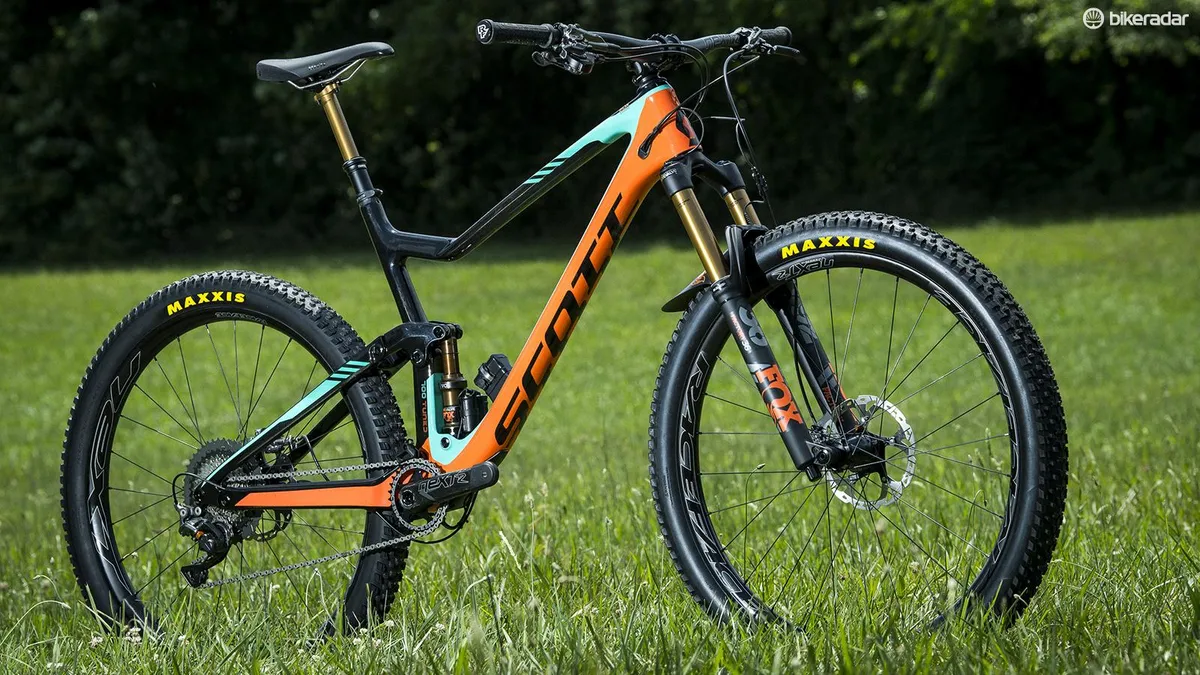
Pivot, Scott and Giant will offer complete bikes fitted with Live Valve, though we don’t have the full list of compatible models.
Pivot and Rocky mountain already have LV compatible frames on sale, and other brands will have more soon.
What’s stopping you from fitting Live Valve to a non-compatible bike?
We were curious about this, so we asked Fox’s European marketing communications manager, Chris Trojer. This was his response:
“I would say the biggest issue would be the mounting locations for controller/battery and the sensors from a hardware standpoint. From the software side, we would need to create a specific algorithm that will suit the bike, depending on where the rear sensor is located and the battery/controller. In other words, it can be done, but if it is financially reasonable for a consumer is the big question mark".
What’s Live Valve like to ride?
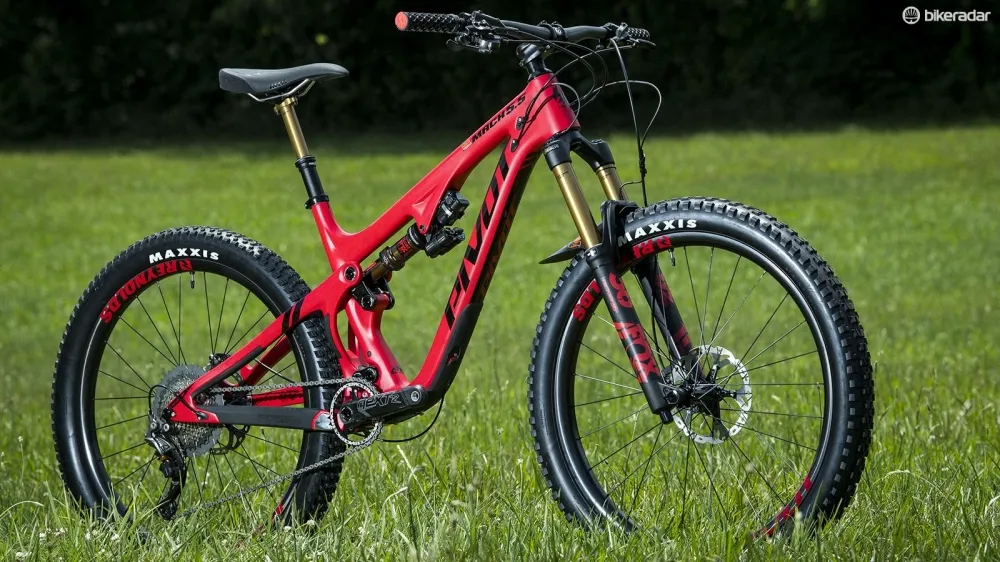
I tested a Live Valve equipped Pivot Mach 5.5, both at the launch in the US and back home in the UK.
It’s hard to catch the system out. As soon as I got hold of the bike I wanted to see how quickly the dampers unlocked when faced with a large single bump. I rode at a kerb several times, switching the system off every other run (where the system leaves the dampers open permanently). When set to mode one, there wasn’t much difference in harshness versus leaving the system off, suggesting the valves open fast enough to absorb large impacts without transmitting noticeably more peak force through the fork.
Perhaps if the system had to open after hitting each bump, there would be a noticeable increase in fatigue over rough trails, due to the slight lag as the bump deforms the tyre, causes the wheel to accelerate before the valve opens. But, over rough sections of trail, the system stays open almost permanently. In back-to-back tests, the ride was virtually as smooth and controlled with the system set to mode one or two as it was when it was switched off.
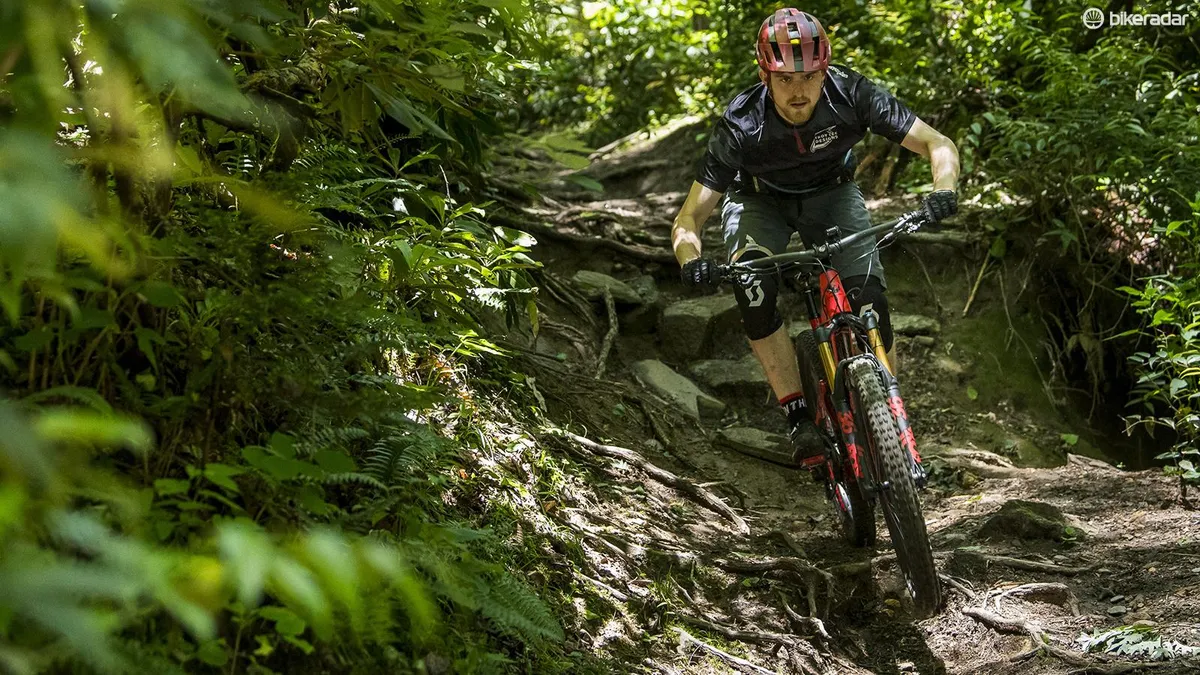
In the higher modes, particularly mode five, there was a noticeably more jarring feel over certain rooty and rocky situations, particularly if the trail was flat. When pointed downhill, even the higher modes felt surprisingly seamless, but could occasionally become harsher over small high-frequency chatter, or the first bump after a smooth section. The system is not sensitive enough for uncompromised descending when set to mode four or five.
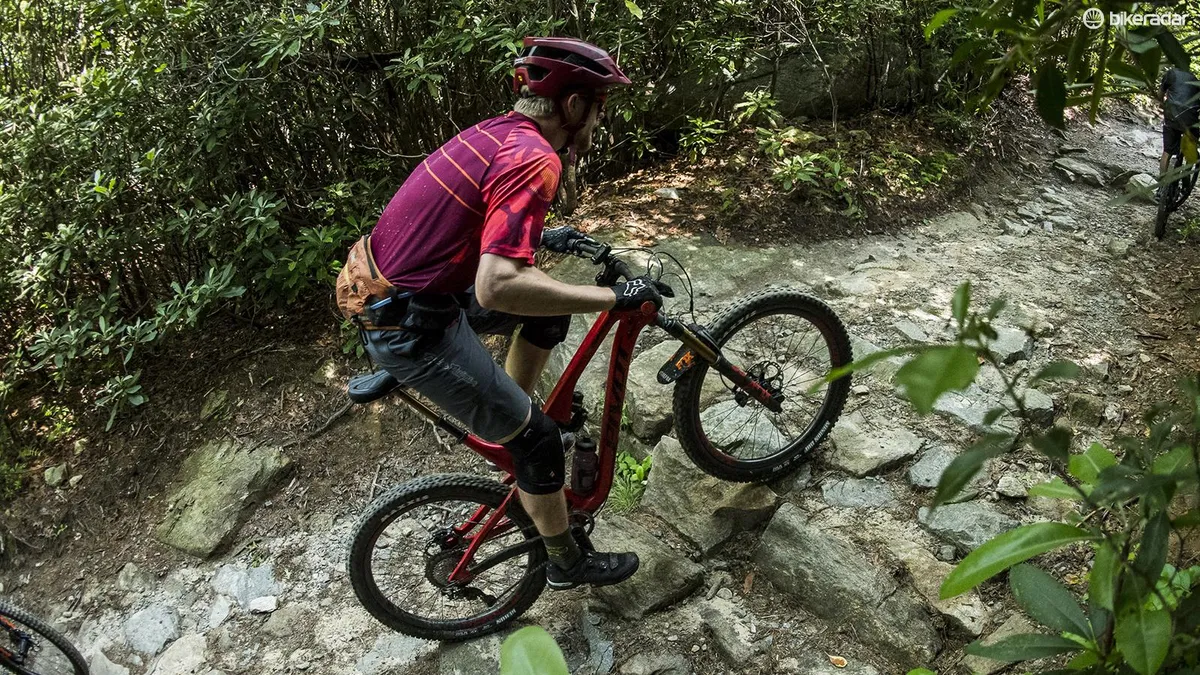
When sprinting and climbing out of the saddle, the bike is noticeably more stable and efficient thanks to extra-firm lockout settings, which needn’t compromise firmness for comfort. In mode one, the bike remained locked out when pedalling on smooth tarmac, but there is enough sensitivity to open the lockouts when riding up even relatively smooth fire roads. In this case, mode three to five offered noticeably more pedalling support.
Aside from the occasional sprint up a bumpy fire-road, I felt little advantage to being any higher than mode one. Having said that, the ride only became considerably harsher above mode three, so I’d happily leave the system in mode two or three permanently. I personally wouldn’t ever use the higher modes other than when charged with testing the system in all possible situations.
Issues
Because the Pivot Mach 5.5 pedals well without a lockout, the effect on climbing efficiency was hardly life-changing. I performed four twenty-second, max effort sprints, in which I alternated between having the system switched on (using mode five) and switched off. Despite feeling like the bike was far more stable and efficient with the system on, the times were all within 1.3% of the average. Each run became slightly slower than the last due to fatigue, but the increase in time between each run was remarkably consistent, whether Live Valve was turned on or off.
While this small test didn’t show a significant advantage to using Live Valve, it may still be there. Fox claims Greg Callahan beats his fastest times on pedally enduro trails using the system. If true, that might suggest a significant advantage if you’re racing, but perhaps not if you’re just riding for fun.
When pedalling normally in the saddle, the efficiency advantage of locked out suspension is even more marginal, especially if the bike has a decent amount of anti-squat, like the Pivot. I’d conjecture that it would have a more significant advantage when fitted to a less pedal-efficient bike though.
The advantage becomes yet more slight when compared to a bar-mounted remote lockout, where the shocks can at least be locked out for the longer stretches of pedalling. This does require the rider to think about the lockout, though, while Live Valve requires no thought when riding.
I found bunny-hopping and jumping with locked-out suspension took some getting used to. Even though it always opened in time for the landing, the shock doesn’t squat into its travel as you expect when pushing the bike into the ground. It’s not a bad thing, it just felt odd at first.
Live Valve did help the bike stay higher in its travel at the rear, preserving the bike’s geometry when climbing steep gradients seated. This is perhaps a bigger advantage than the improved pedalling efficiency in the case of this bike. However, I’d rather the fork wasn’t locked out at all in these situations, such that it sat deeper into its travel and gave me an even steeper seat angle.
Following this feedback, Fox softened the fork’s locked mode on my bike slightly. This helped the fork sit deeper into its travel when climbing, but did introduce more fork pedal-bob when sprinting out of the saddle. The real problem is that, for me, the Pivot could do with a steeper seat angle. While Live Valve helped to steepen the geometry while climbing, it didn’t solve the problem entirely.
It’s also worth mentioning that my Mach 5.5 test bike had a great deal of internal cable clatter when riding over rough terrain, which I assume is down to the Live Valve wires rather than the standard brake hose and gear cable. According to Pivot’s Chris Cocalis, this will be sorted for production bikes.
How much does Fox Live Valve cost?
Pivot told us that Live Valve will be an option for their top two build levels, and that it will add $2,000 to the MSRP.
The system can be fitted aftermarket to compatible bikes, costing $3,000-$3,250 (international pricing TBC) depending on the fork model. That gets you the full system, including fork, shock, controller and sensors.
Fox Live Valve — early verdict
Live Valve is a seriously impressive piece of engineering. It performs pretty much as Fox intended. But whether you actually need automatic lockouts is another matter.
Although it does hold the bike up nicely on steep pitches and makes the bike feel firmer underfoot, in the case of the Pivot Mach 5.5, it doesn’t appear to make a night-and-day difference to climbing speed, even when sprinting.
Though well-executed, the price makes it hard to justify Live Valve as a rational purchase unless you’re serious about racing; you have a relatively poor-pedalling bike and are willing to pay big money for every advantage you can get.

